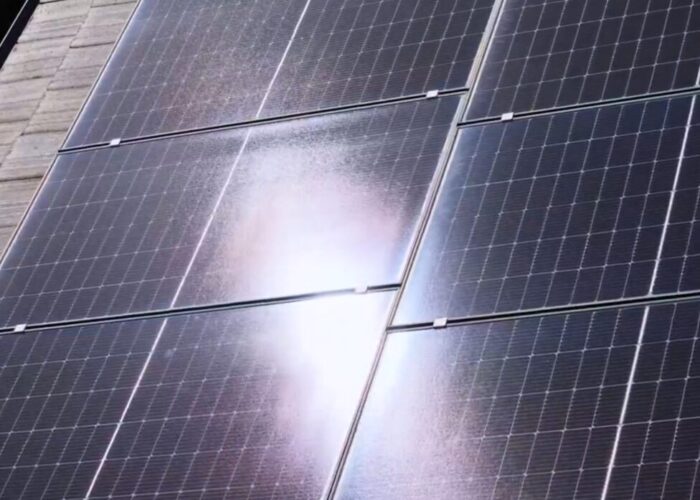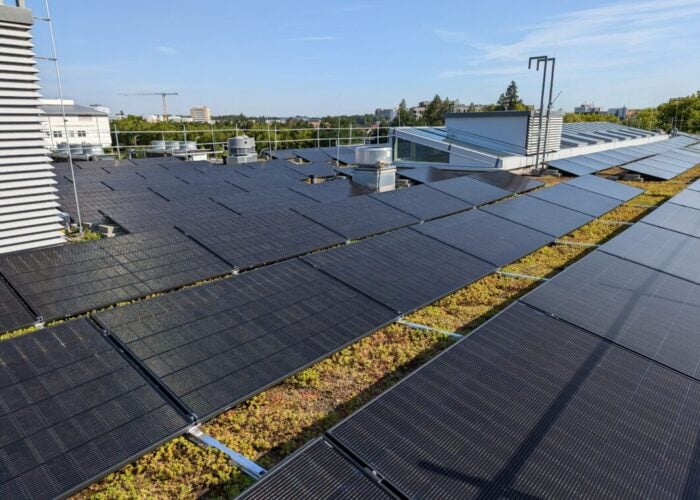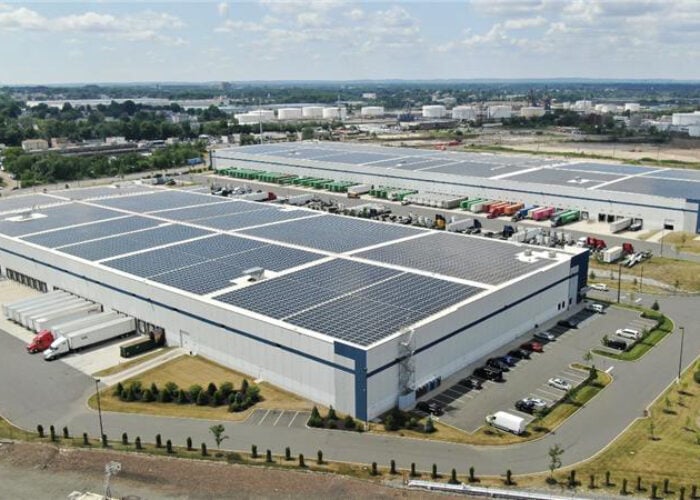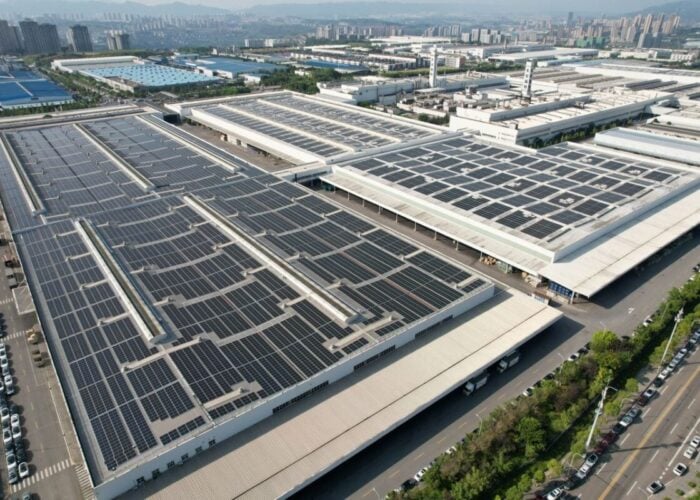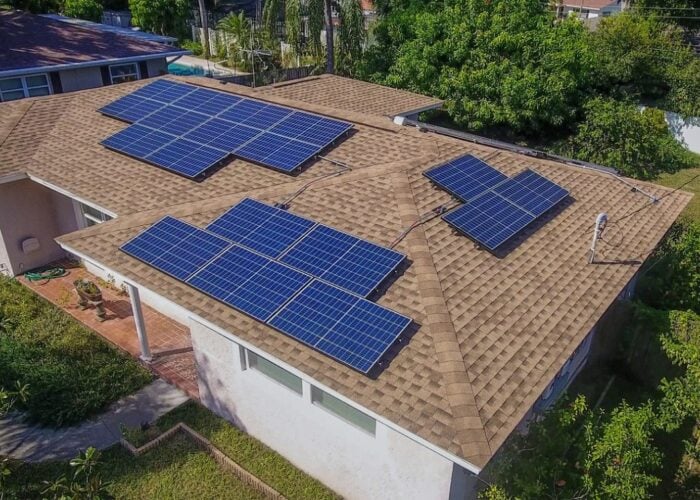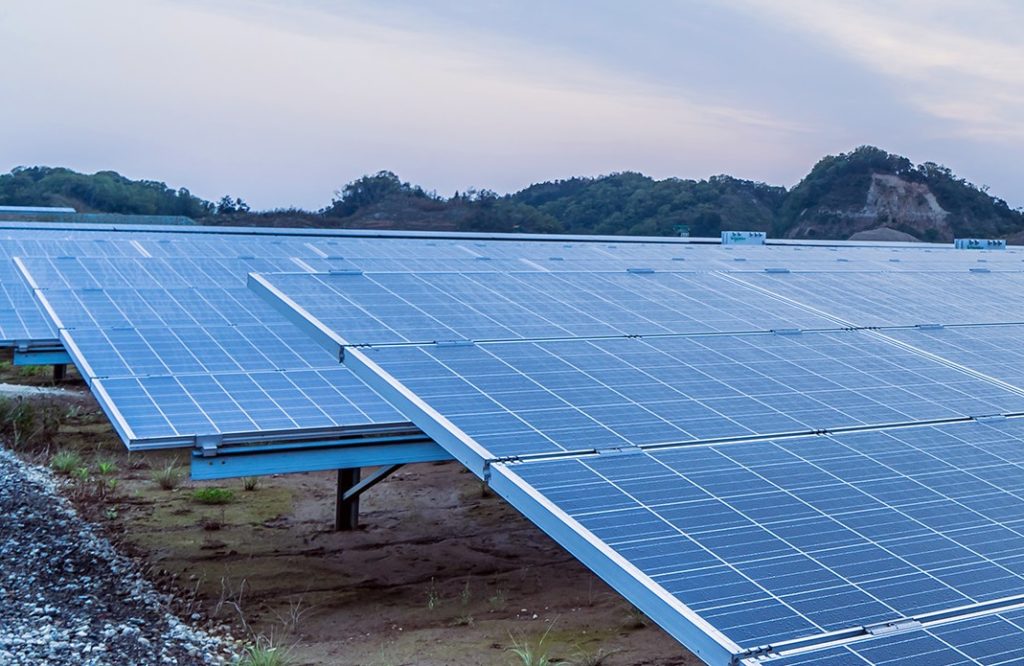
Japan is aiming to have 108GW of solar capacity by 2030, 1.7 times higher than the country’s previous target.
The new target was presented by the Japan’s environment and trade ministries and comes as it said it would reduce its emissions by 46% by 2030 compared with 2013 levels.
Unlock unlimited access for 12 whole months of distinctive global analysis
Photovoltaics International is now included.
- Regular insight and analysis of the industry’s biggest developments
- In-depth interviews with the industry’s leading figures
- Unlimited digital access to the PV Tech Power journal catalogue
- Unlimited digital access to the Photovoltaics International journal catalogue
- Access to more than 1,000 technical papers
- Discounts on Solar Media’s portfolio of events, in-person and virtual
According to the report, Japan aims to hit the target by installing solar panels on 50% of central government and municipality buildings, adding 6GW of capacity; boosting solar on corporate buildings and car parks, which will add 10GW; and adding 4GW in public land and promotion areas in 1,000 Japanese towns and cities.
The Japanese government plans to expand land availability for solar installations, while investing in technology that can facilitate the deployment of agricultural solar farms.
Although a world leader in solar capacity per square meter, Japan has limited land available for utility-scale solar and its earthquake proof buildings make it difficult to deploy solar technology on residential buildings.
Currently, 70% of Japan’s electricity is produced through coal and natural gas.

